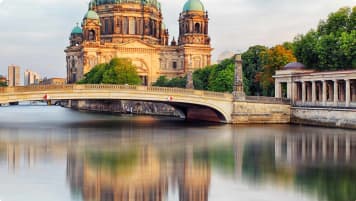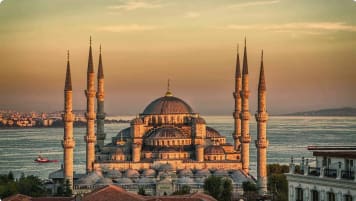Highlights of Germany | Sanssouci Palace
Often described as the Prussian Versailles, Sanssouci refers to the ensemble of palaces and garden complexes built under Frederick the Great (1712-1786).
1 Jan 20 · 4 mins read
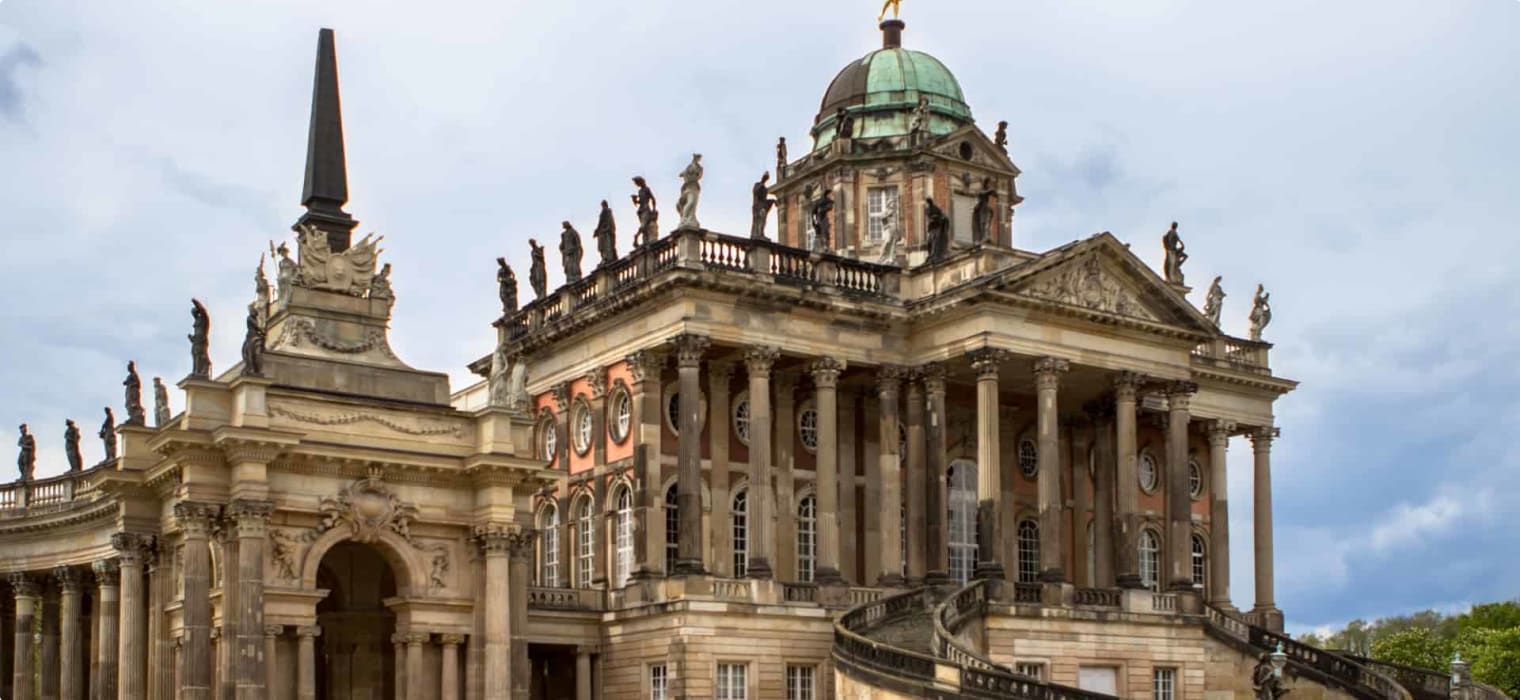
Highlights of Germany | Sanssouci Palace and Gardens

Often described as the Prussian Versailles, Sanssouci refers to the ensemble of palaces and garden complexes built under Frederick the Great (1712-1786) and expanded under Frederick William IV in the 19th century. The main focus of Sanssouci Park is the summer residence of Frederick the Great, Sanssouci Palace or Schloss Sanssouci.
A UNESCO World Heritage Site that attract up to three million visitors annually, Sanssouci Park is undoubtedly one of most splendid places in Germany and has remained unscathed despite two World Wars. Today you can enjoy guided tours of Schloss Sanssouci, which sits atop a terraced hill overlooking the gardens, Orangeries, a small palace built to house guests, Neues Palais, the largest of the palaces built 22 years after the rococo Sanssouci Palace, and Schloss Charlottenhof, the smallest of the palaces and built in a neo-classical style.

The History of Sanssouci
In French, Sanssouci translates to ‘carefree’ and it seems that this was Frederick the Great’s attitude when it came to the building and garden design process. He made sure every corner of the summer residence was as comfortable and beautiful as possible. Frederick the Great, otherwise known as Frederick II, succeeded the throne in 1740 after his father’s passing. Work began on the project in 1742, when Frederick the Great was 30 years old and commanding his army in Bohemia but being on the battlefield did not prevent him from creating a magnificent rococo palace and a six-story cake of vineyard terraces. Frederick wanted a palace that could be his refuge and although Frederick hired an architect, Georg Wenzeslaus von Knobelsdorff, the king himself drew the sketches from which von Knobeldsdorff created the magnificent pleasure palace. Construction on the palace finished in 1747 and Frederick moved into his new home straight away, leaving his wife Elisabeth Christine at Schonhausen Palace in Berlin. During Frederick’s reign, the majority of visitors to the palace were men and so there were no facilities for women for many years.
Sanssouci Palace is smaller than many European houses and is spread out across a single story, similar to a Roman Villa. The park surrounding the palace is sprawling and expansive and one can explore a variety of gardens, colonnades, fountains and vineyards.
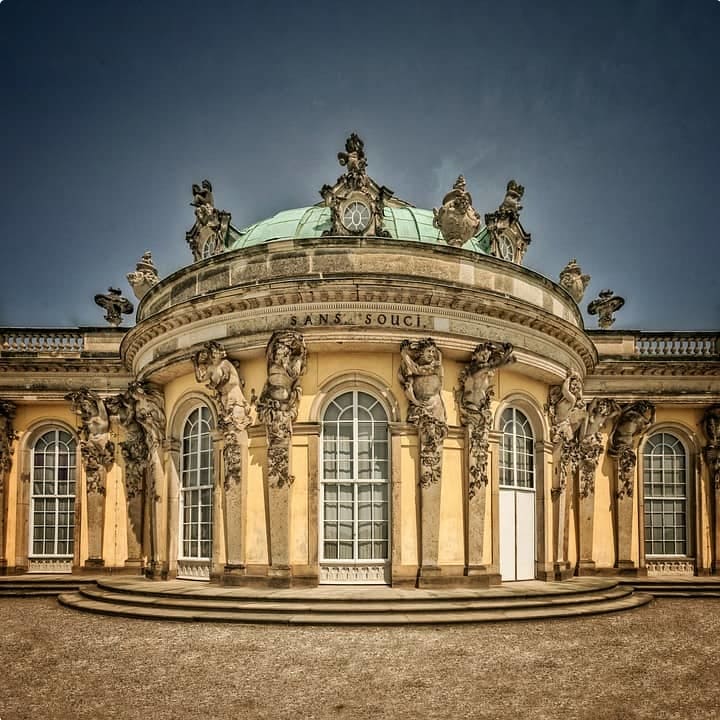
The Picture Gallery in the park of Sanssouci palace was built in 1755–64 east of the palace. Frederick was a lover and collector of art and the walls of his rooms in Sanssouci were adorned with paintings of his favorite artist Antoine Watteau. He had the Picture Gallery built to house his newly assembled painting collection and here he presented almost 180 of the best works of Flemish, Renaissance and Dutch Baroque artists. Today, it remains the oldest extant museum built for a ruler in Germany and you can still enjoy exhibitions and see over 140 outstanding paintings from the 16th – 18th centuries, including Caravaggio’s Doubting Thomas, five works by Anthony van Dyck, seven works by Peter Paul Rubens, including his St. Jerome, as well as paintings by Jan Lievens, Jacob Jordaens, Thomas Willeboirts Bosschaert, Gerard de Lairesse, Carlo Maratta, Ciro Ferri, and others
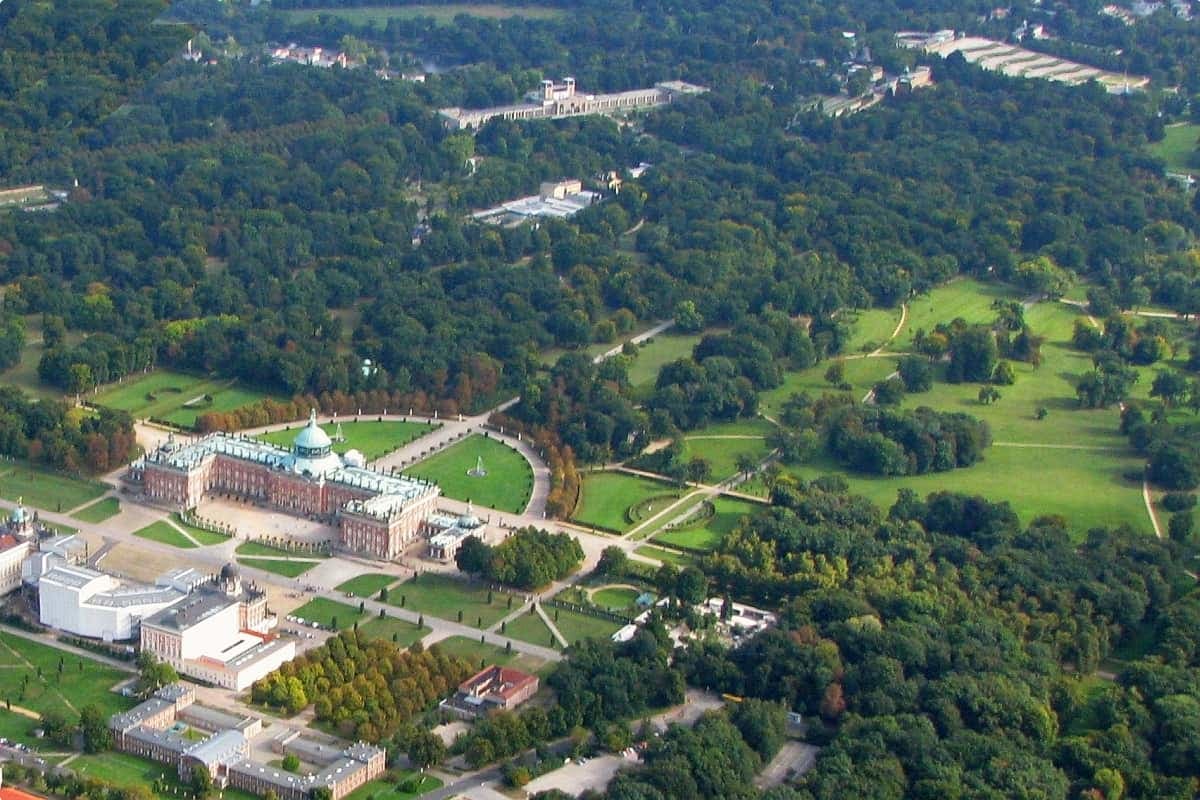
In 1763, Frederick commissioned the construction of the New Palace or Neues Palais which was completed in 1769. It is considered to be the last great Prussian Baroque palace and was used to house royal guests and host lavish banquets. Frederick himself preferred the smaller Sanssouci as a residence but he had apartments in Neues Palais furnished for members of his family, excluding his wife who was not welcome at Sanssouci and continued to live separately from the king. Today, Neues Palais is vaster and more imposing than the more intimate Sanssouci with opulently decorated banqueting halls and galleries and an impressive decorative dome.
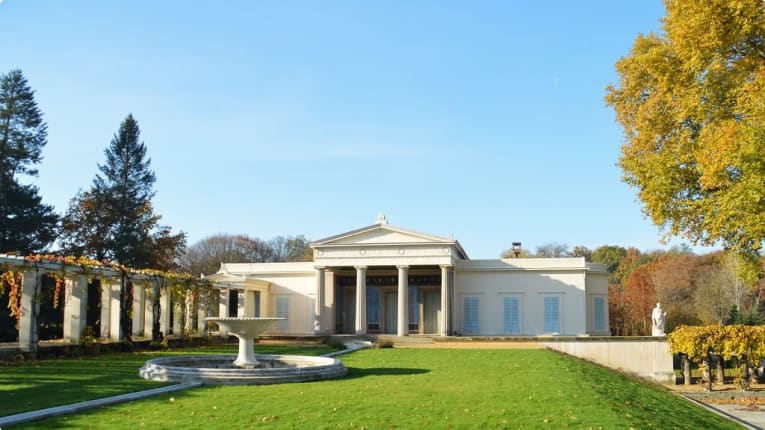
Charlottenhoff Palace is located in the southwest of the Sanssouci complex. It is named after Maria Charlotte von Getnzkow, who originally owned the property when it was a farmhouse between 1790 to 1794. King Frederick William III of Prussia bought the land that bordered the south of Sanssouci Park and gifted it to his son Frederick William and his wife Elisabeth Ludovika in 1825. The Crown Price commissioned the architect Karl Friedrich Schinkel to remodel the farmhouse and the project was completed in 1829, with the farmhouse being converted into a neo-classical palace. The palace has ten rooms which remain largely in tact. The most well-known room is the tent room, fashioned after a Roman Caesar’s tent with blue and white striped wallpaper and matching bed tent and coverings. It is also worth visiting the Humboldt Room, known for its collection of Italian engravings.
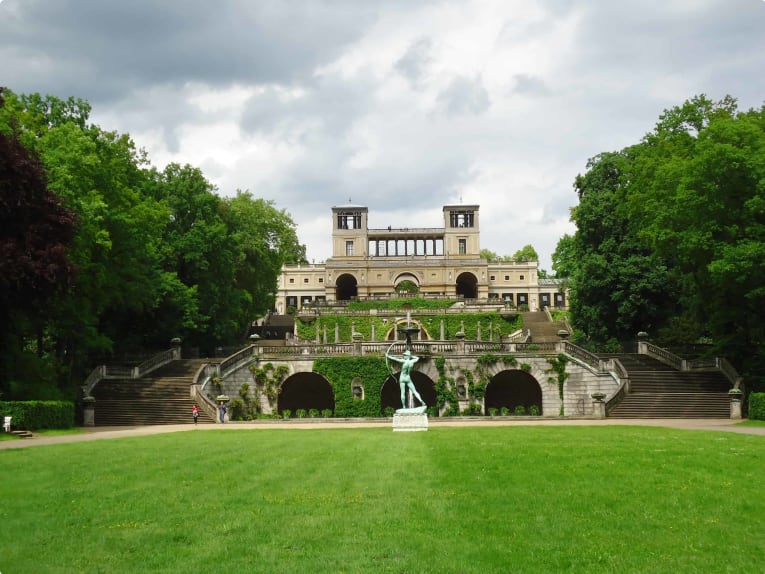
The last and largest palace built at Sanssouci is the Orangery Palace located near the northern border of the park. It was built between 1851 and 1864 on orders of Frederick William IV. A Renaissance-style palace, the Orangery Palace features royal halls with marble statues, a servants’ lodging, and two halls built to accommodate potted plants. The long construction period meant several designs of the palace were conceived and many different architects were consulted. Today, the palace is a great example of Prussian architecture and houses a collection of fifty copies of Rafael’s paintings.
Visiting Sanssouci Palace and Gardens

The park is open from 8am until sunset and both Sanssouci Palace and New Palace are open all year round. The other buildings, such as Orangery Palace and Charlottenhof Palace, are generally closed over winter. The park is best explored between May and September when the park is bursting with colour and perfect for picnics.
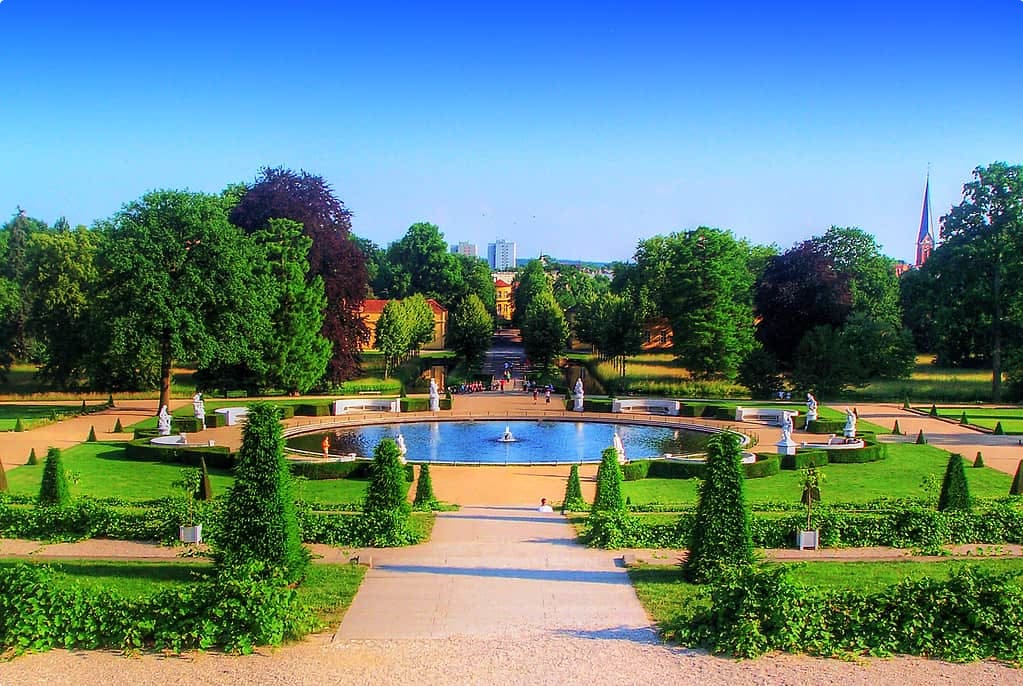
Articles about Germany published by Odyssey Traveller.
- 15 Must-See Sites in Berlin
- Oberammergau Passion Play 2020
- Bauhaus Movement: The Definitive Guide for Travellers
- Your Next Holiday Destination: Germany
- History of Berlin, Germany for tourists
- Ten books to read about Berlin
- Books on Johann Sebastian Bach
External articles to assist you on your visit to Germany
Related Tours
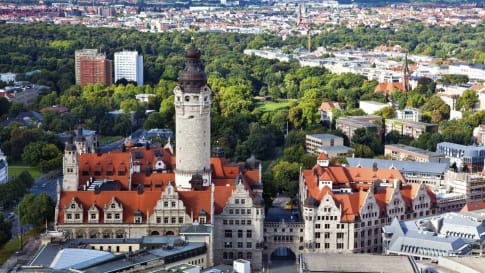
16 days
JunBach Classical European Music Festival small group tours
Visiting Germany
Experience the best of Bach on a small group tour designed for mature couples and solo travelers. Over 16 days, immerse yourself in not only the music but also the rich history and influences that shaped Bach's life. Journey through Germany, visiting key locations tied to his legacy, and culminate the experience with a visit to the renowned Bach Music Festival in Leipzig.
From A$13,340 AUD
View Tour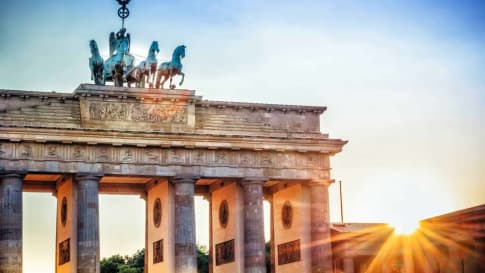
12 days
Oct, MayBerlin walking tour
Visiting Germany
Enjoy an escorted walking tour of Berlin. This small group holiday is for like minded people, mature couples or solo travelers who enjoy getting off the beaten track and exploring with some adventure. The itineraries set for each day follow sections of the Berlin Wall, whilst local guides realise authentic experiences found in this amazing city.
From A$9,195 AUD
View Tour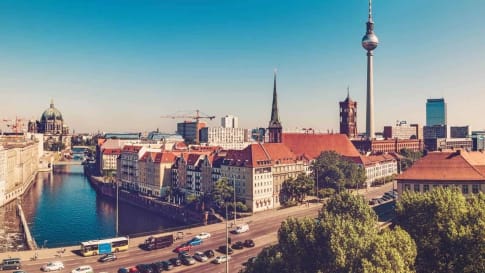
20 days
Apr, SepDiscovering Berlin Small Group Tour | 20 days living in Berlin
Visiting Germany
Experience Berlin while living there for almost three weeks in an apartment. From one of the best small group tour companies for Europe enjoy an escorted tour learning about the city's history and experiencing it like a Berliner. This holiday is for like minded people, mature couples or solo travelers who enjoy getting off the beaten track and exploring with some adventure.
From A$13,450 AUD
View Tour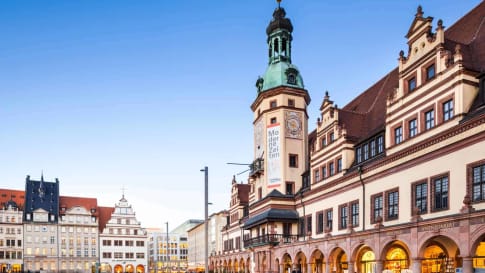
days
JulRichard Wagner Ring Cycle, Leipzig | Small Group Tours Germany
Visiting Germany
The small group tour will see the opera performed in the city of Richard Wagner’s birth, Leipzig. Our tour starts in Dresden and we also visit Bayrouth and Munich. We will not only experience his music in these 4 operas, but also be shown the influences of culture and family on the extraordinary composer’s life.
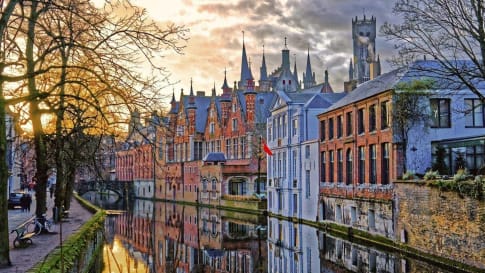
21 days
SepBelgium, Netherlands, France, Germany Art Tour | Western Europe Art Tour
Visiting Belgium, France
Most of us have already experienced the grandeur of classic galleries such as the Louvre and the National Gallery. Travel with like-minded people in a small group tour and be surprised by the lesser-known but equally wonderful smaller art galleries across Northwest Europe.
From A$16,695 AUD
View Tour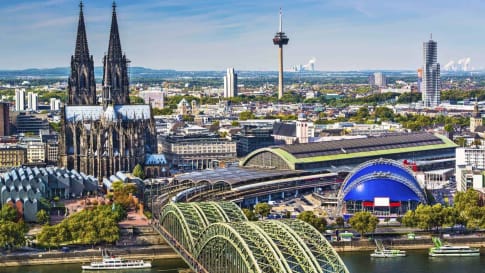
23 days
AugContemporary Germany & Oberammergau Passion Play 2030
Visiting Germany
Enjoy the authentic experience of the Oberammergau passion play on this small group escorted tour. One of the best small group tour companies Europe, the destinations and itineraries provide small group journeys for like minded people. For solo travelers a minimal single supplement applies.
From A$19,995 AUD
View Tour
